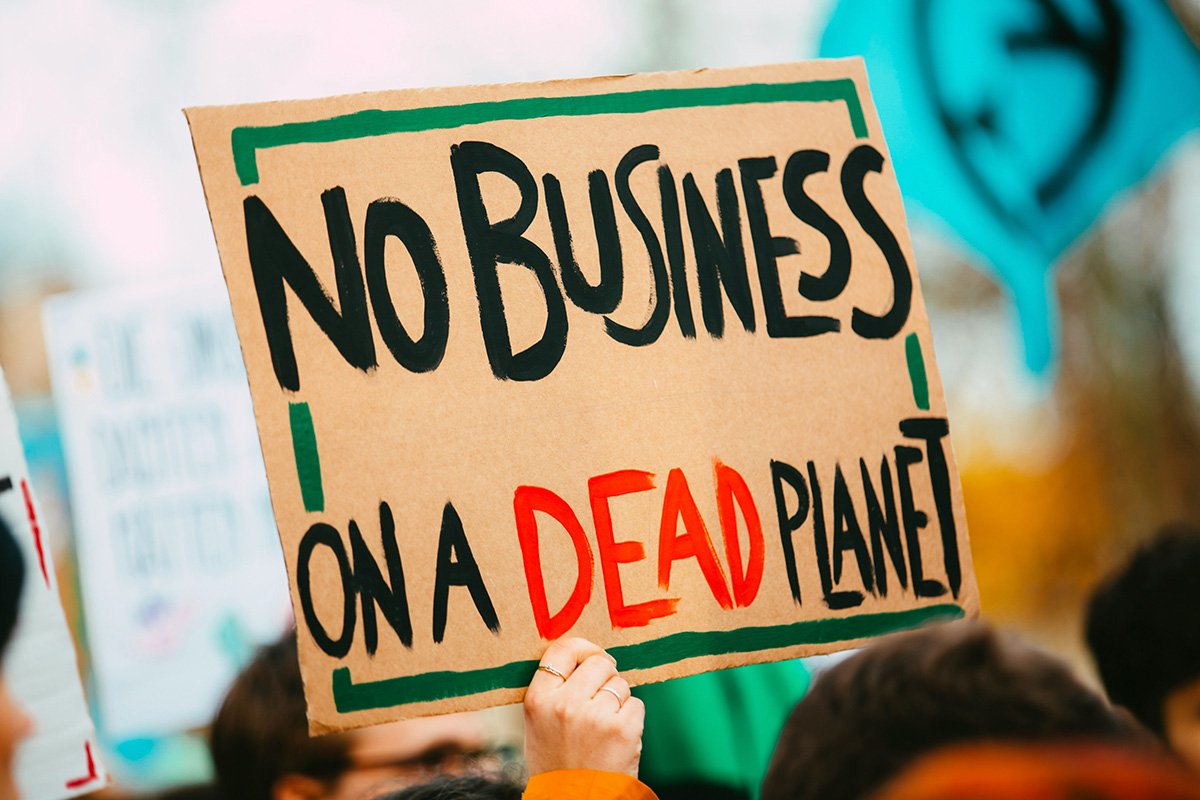January 10, 2014; Forbes
Shouldn’t the drop in the official unemployment rate to 6.7 percent be a cause for celebration? Not based on the expert reaction to the December jobs report of the Bureau of Labor Statistics. The pundits seem to have focused on the paltry job creation number—74,000 new jobs—indicating that the decline in unemployment could be ascribed almost entirely to 347,000 people dropping out of the domestic labor force.
The underreported issue has been the increasingly racially disparate jobs picture revealed in the December BLS report.
Sign up for our free newsletters
Subscribe to NPQ's newsletters to have our top stories delivered directly to your inbox.
By signing up, you agree to our privacy policy and terms of use, and to receive messages from NPQ and our partners.
Observers should be cautious about making too much out of the month-to-month BLS jobs reports, but some of the statistics refer not to tiny numbers of people, but changes in the status of tens or hundreds of thousands of people in and out of the labor force. The consequential changes in this BLS report are these:
- The number of unemployed people decreased by 490,000 between November and December, but that still leaves 10.4 million people unemployed. Of that total, 3.9 million are considered long-term unemployed (jobless for 27 weeks or more, but still looking for employment), essentially unchanged from the previous month.
- Much of the decrease, if not all of it, may be due to the decline in labor force participation, from 63 to 62.8 percent. That is the lowest labor force participation rate in decades.
- The job growth number of 74,000 is much less than half of the average monthly job growth in 2013 (182,000) or 2012 (183,000)—and way below the “consensus” prediction of job growth of 197,000. Was it the polar vortex? A huge number of people—273,000—reported being unable to work in December due to bad weather, explaining what some said was a counterintuitive decline in construction employment (-16,000) despite the uptick in the housing markets. However, it seems hard to ascribe job losses in government (-13,000), healthcare (-6,000), and IT (-12,000) to bad weather.
One aspect of the December jobs report that isn’t just a one-month change is the relationship of employment and unemployment. In years past, in simple terms, unemployment would go down as the number of employed people rose. Now, since the start of the recovery from the Great Recession, “the unemployment rate plummets while the employment rate holds steady.” The workforce is now 548,000 people smaller than it was a year before.
Getting scant attention has been a disturbing, statistically disparate racial dimension to the jobs report. “Blacks disproportionately left the labor market, with the labor force participation rate for African Americans dropping by 0.3 percentage points to 60.2 percent, the lowest rate since December of 1977,” said Dean Baker, the co-director of the Center for Urban and Policy Research. “The rate for African American men fell 0.7 [percentage points] to 65.6 percent, the lowest on record.” Even with the labor force decline, unemployment for blacks was 11.9 percent, double the 5.9 percent unemployment of whites and much higher than the 8.3 percent unemployment of Latinos.
This is a racially disparate outcome that cannot be buried amidst the cacophony of economists explaining the aggregate dynamic of the economic recovery. The U.S. still isn’t a post-racial society, and the December jobs report shows that this has not been a post-racial economic recovery.—Rick Cohen











